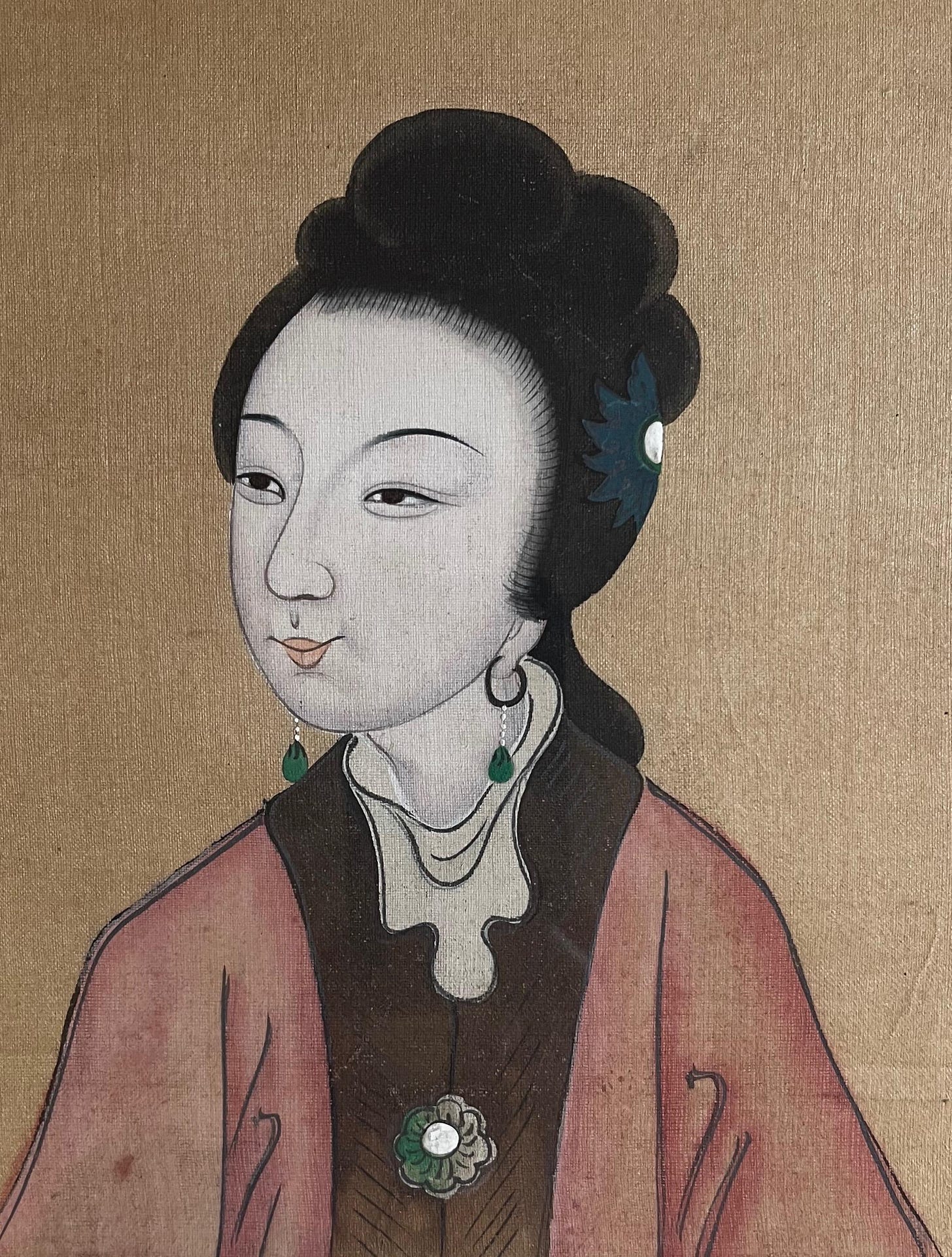Welcome to the latest edition of the One Mic History Newsletter, Today, we will delve into the Dark History of Colorism
Colorism, also known as shadeism, is a painful and complex form of prejudice and discrimination that affects people based on the varying tones of their skin within their ethnic or racial group. Unlike racism, which usually involves the domination of one racial group over another, colorism operates on a more insidious level, affecting interactions within the same racial or ethnic group as well as between different groups. This phenomenon underscores the deep layers of discrimination where skin tone can shape people's experiences in numerous facets of their lives.
The roots of colorism run deep, tracing back to the harrowing history of colonialism and slavery. During the colonial era, especially in places like the Caribbean and the United States, lighter skin became synonymous with higher status and respectability. Colonial powers propagated myths of white racial superiority, strategically fostering a social hierarchy where lighter skin was valued more highly. This stratification was brutally exemplified among the enslaved, with lighter-skinned individuals often receiving slightly better treatment and less grueling tasks than their darker-skinned counterparts. This tactic wasn't just about labor division; it was a deliberate strategy to weaken solidarity among the enslaved while reinforcing the superiority of whiteness.
A haunting example of this division can be seen in the lives of Creoles of color in New Orleans, as explored in the "One Drop" episode. By occupying an intermediary status between whites and darker-skinned Blacks due to mixed ancestry, the Creoles received certain privileges, such as legal recognition and education, often embedding a sense of superiority even within their own communities.
One of the stark representations of colorism was the brown paper bag test in the 20th century, where a person's skin color was compared to a brown paper bag. Being darker than the bag often meant exclusion from certain social circles or opportunities. Other discriminatory measures, like the comb test and the door test, further entrenched these biases, perpetuating damaging stereotypes about intelligence and worth based on skin color.
Even post-emancipation, preferences for lighter skin continued. Light-skinned Black women were advertised as more suitable for domestic roles—a notion that reinforced societal value placed on lighter skin. Job advertisements from the mid-20th century also show how Black applicants would highlight their lighter skin to improve their employment prospects, reflecting the ongoing struggle to navigate a biased world.
The preference for lighter skin isn't unique to the United States; it spans across different cultures, often tied to notions of class. In many Asian societies, light skin has historically signified higher social status, long before European colonialism. This preference was echoed in historical Europe, where pale skin was a marker of nobility and untarnished lineage.
Interestingly, contemporary Western values have shifted. In today's society, tanned skin among white individuals is often associated with leisure, affluence, and a luxurious lifestyle—a stark contrast to historical views where tanned skin signaled outdoor labor and lower status.
Yet, these shifting Western ideals do not diminish the pervasive influence of colorism in other cultures. The historical biases that favored light-skinned individuals persist, influencing economic opportunities, social mobility, and even the criminal justice system. Studies show darker-skinned individuals often receive harsher sentences for the same crimes, face longer prison terms, and are more likely to receive severe punishments compared to their lighter-skinned counterparts.
Economic disparities are glaring as well. In the U.S., light-skinned Latinos earn, on average, $5,000 more annually than their darker-skinned peers, highlighting the economic inequities tied to skin color. Health care disparities further compound these issues, with darker-skinned individuals frequently receiving lower-quality care and experiencing poorer mental and physical health outcomes.
Media representation and cultural standards often still exalt lighter skin tones, shaping personal perceptions of beauty and worth. This not only perpetuates internalized racism but also limits the visibility and influence of darker-skinned individuals in media and politics.
The legacy of favoring lighter skin endures, affecting how people navigate the world and how they are perceived by others. Tackling colorism requires recognizing and addressing these deep-seated biases. Only through ongoing, multifaceted efforts can we hope to dismantle these discriminatory practices and work toward a more inclusive and equitable society.
Thank you for joining us today. For more Black stories, visit One Mic History and subscribe to our YouTube channel. Your continued support means the world.
Enjoy our latest episode, and we love you all!
-Countryboi





